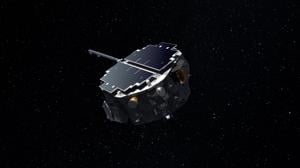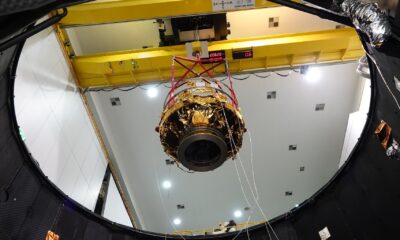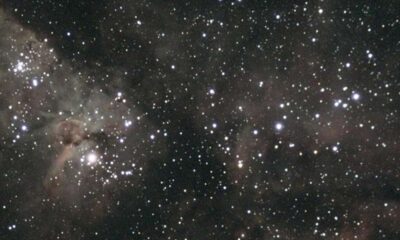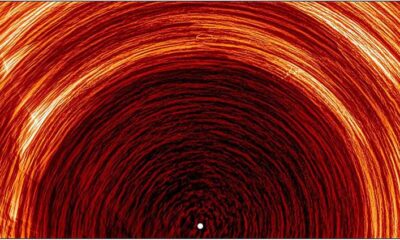Science
Early Universe May Have Hosted Lower-Mass Stars, Studies Reveal
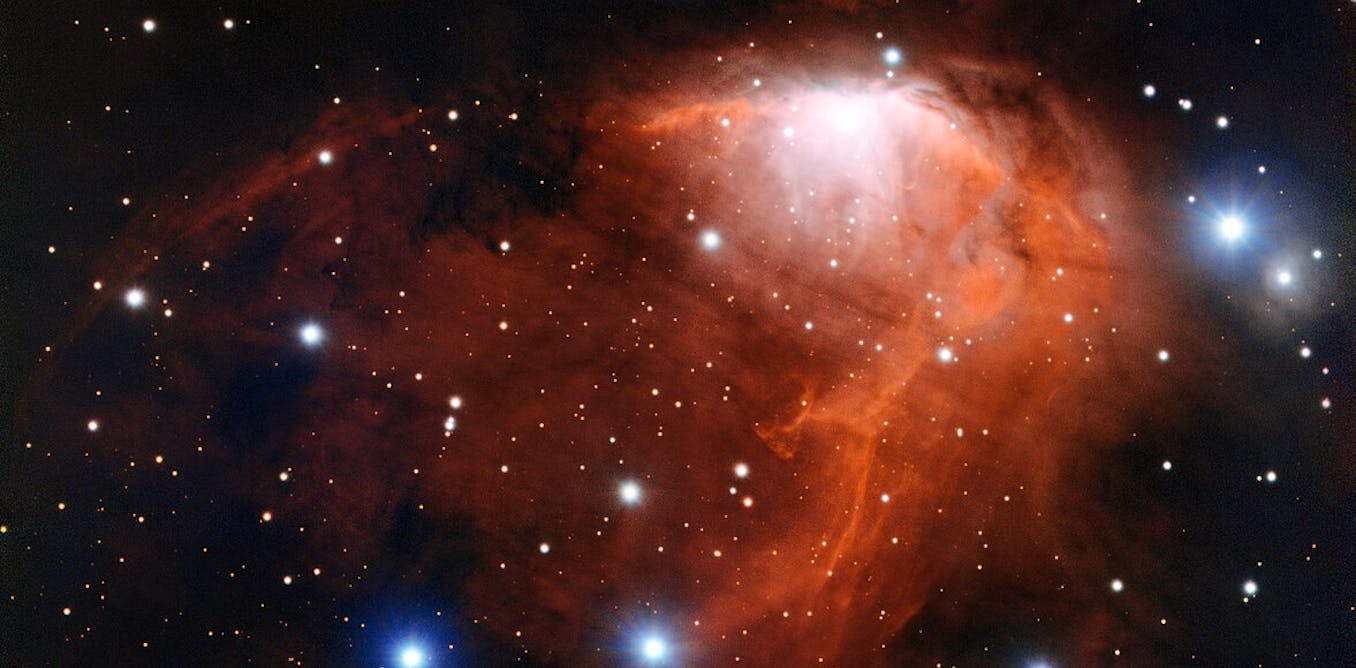
Recent studies challenge long-held beliefs about the first stars in the universe, suggesting that they may not have been as uniformly massive as previously thought. Instead, a new understanding indicates that lower-mass stars could have formed in the early universe, which has profound implications for our knowledge of cosmic history.
New Insights into Star Formation
For decades, astronomers believed that the inaugural stars emerged from massive clouds of hydrogen and helium, boasting masses hundreds to thousands of times that of the Sun. These stars, with their immense luminosity, ended their short lives in spectacular explosions known as supernovae, leaving no remnants for astronomers to observe today. However, findings from two studies published in July 2025 suggest a different scenario.
The first study utilized advanced astrophysical computer simulations to model turbulence within collapsing gas clouds, revealing that this turbulence could lead to fragmentation into smaller, star-forming clumps. The second study, conducted by physicist Florian Grussie and colleagues at the Max Planck Institute for Nuclear Physics, demonstrated that molecular hydrogen, an essential component in star formation, may have formed in larger quantities earlier in cosmic history.
Implications for Cosmic History
These findings imply that the second generation of stars, which are the oldest stars currently observable and potential hosts of the first planets, may have formed sooner than previously estimated. This new perspective on star formation indicates that the chemistry of the universe was more active in the first 50 million to 100 million years following the Big Bang than earlier theories suggested.
The traditional view held that only massive protostellar clouds could collapse under their own gravity due to high thermal pressure. In this scenario, the early universe was dominated by high-mass stars. However, the cooling process of gas clouds plays a crucial role in allowing lower-mass stars to form. Gas in space cools through a process involving radiation, which transforms thermal energy into light, facilitating gravitational collapse.
In his study, Grussie concluded that the first molecule to form in the universe, helium hydride (HeH+), could have been more prevalent than previously believed. This molecule, when reacting with hydrogen deuteride, contributes to the formation of molecular hydrogen, which effectively cools gas clouds and increases the likelihood of star formation.
Another significant study led by astrophysicist Ke-Jung Chen at the Academia Sinica Institute of Astronomy and Astrophysics employed computer simulations to analyze how gas flowed in the early universe. This research revealed that turbulence in giant gas clouds could lead to the formation of lower-mass star fragments, suggesting that early stars might have ranged from the same size as the Sun to 40 times its mass.
With both studies indicating the potential presence of low-mass stars in the early universe, astronomers face the challenge of locating these elusive celestial bodies. Low-mass stars, characterized by their faintness and low luminosity, have proven difficult to detect. Although several observational studies have reported possible sightings, none have yet been confirmed with high confidence.
The implications of these studies extend beyond mere academic interest; they reshape our understanding of the universe’s formation and the origins of chemical elements. As researchers continue to explore these findings, the search for early low-mass stars will remain a focal point in astrophysics, promising to deepen our comprehension of cosmic evolution.
Luke Keller, the author of this article, has disclosed no relevant affiliations beyond his academic appointment, ensuring an unbiased discussion of these groundbreaking findings.
-

 Technology5 months ago
Technology5 months agoDiscover the Top 10 Calorie Counting Apps of 2025
-

 Health2 months ago
Health2 months agoBella Hadid Shares Health Update After Treatment for Lyme Disease
-

 Health3 months ago
Health3 months agoErin Bates Shares Recovery Update Following Sepsis Complications
-

 Technology4 months ago
Technology4 months agoDiscover How to Reverse Image Search Using ChatGPT Effortlessly
-

 Technology1 month ago
Technology1 month agoDiscover 2025’s Top GPUs for Exceptional 4K Gaming Performance
-

 Technology2 months ago
Technology2 months agoElectric Moto Influencer Surronster Arrested in Tijuana
-

 Technology5 months ago
Technology5 months agoMeta Initiates $60B AI Data Center Expansion, Starting in Ohio
-

 Technology5 months ago
Technology5 months agoRecovering a Suspended TikTok Account: A Step-by-Step Guide
-

 Health4 months ago
Health4 months agoTested: Rab Firewall Mountain Jacket Survives Harsh Conditions
-

 Lifestyle5 months ago
Lifestyle5 months agoBelton Family Reunites After Daughter Survives Hill Country Floods
-

 Technology4 months ago
Technology4 months agoHarmonic Launches AI Chatbot App to Transform Mathematical Reasoning
-

 Technology3 months ago
Technology3 months agoUncovering the Top Five Most Challenging Motorcycles to Ride



